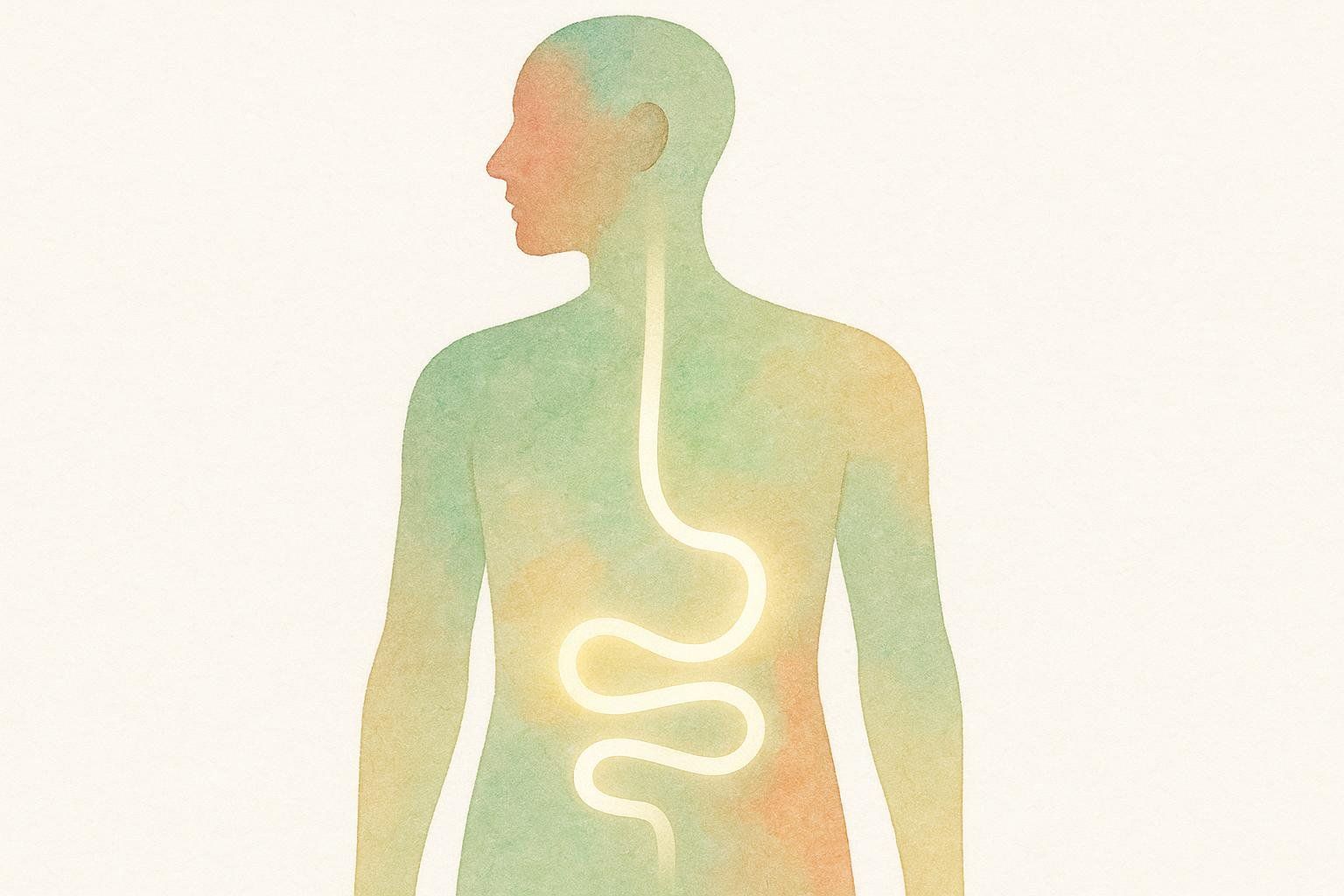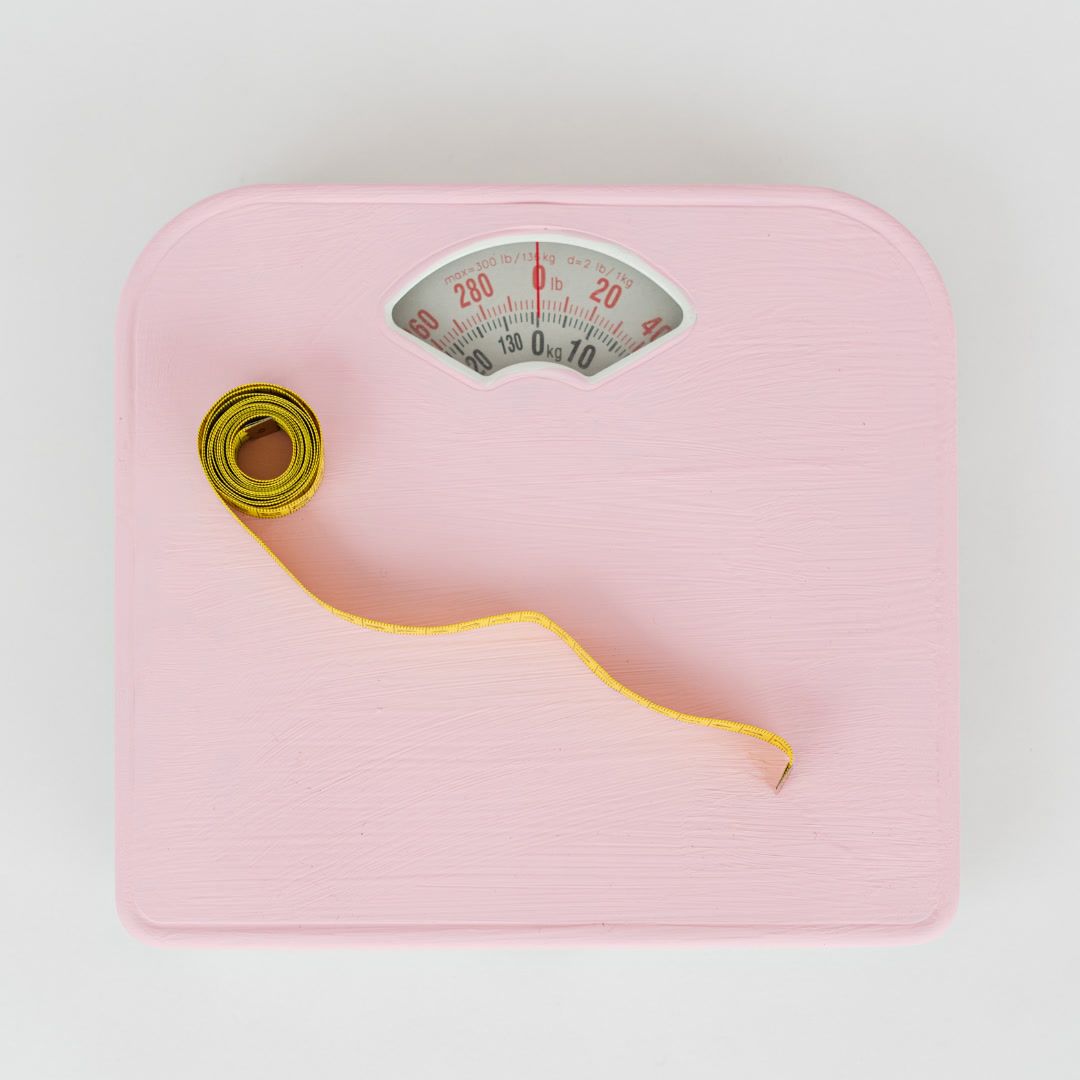Normal Transit Time for Food and Digestion Duration Explained

Normal Transit Time for Food: How Long Digestion Takes
Ever wondered how long it takes for a meal to journey through your digestive system? Scientists call that span gastrointestinal (GI) transit time—or more simply, the normal transit time for food. Knowing whether your own numbers fall in the expected range can reveal a lot about nutrient absorption, daily energy, and overall gut health.
In this guide, you’ll discover:
- Science-backed “normal” transit ranges for each digestive segment
- Simple at-home methods to measure your own transit time
- Red-flag symptoms that signal it’s time to see a doctor
- Seven research-supported tips to keep things moving comfortably
What Is Gastrointestinal Transit Time?
Transit time is the clock that starts the moment you swallow and stops when what you ate exits as stool. Researchers usually split that journey into three main legs:
- Gastric emptying – how quickly your stomach passes food into the small intestine.
- Small-intestinal transit – movement through ~20 ft of winding tubing where most nutrients are absorbed.
- Colonic (large-intestinal) transit – the slower drying-out phase before waste leaves your body.
Clinicians sometimes refer to the entire mouth-to-toilet trip as whole-gut transit time (WGTT).
Average Transit Time by Digestive Segment
| Segment | Normal Range | What’s Happening |
|---|---|---|
| Stomach (gastric emptying) | 2–5 h | Stomach acid and muscular churning turn food into chyme before release to the small intestine |
| Small intestine | 2–6 h | Enzymes and bile finish digestion while villi absorb nutrients into the bloodstream |
| Large intestine (colon) | 20–66 h (30–40 h avg.) | Water and electrolytes are reclaimed as gut microbes ferment fiber into short-chain fatty acids and stool forms |
| Whole gut | 24–72 h (median ~28 h) | The entire journey from plate to porcelain—population studies place the median at ~28 h |
Note: Adding the mid-range values for each segment (≈3 h + 4 h + 33 h) yields roughly 40 hours, which aligns well with whole-gut transit data from population studies.
Why Your Transit Time Matters
• Nutrient absorption: A 2017 research review notes that when food moves too quickly through the gut, contact time for nutrient uptake shortens, reducing how many calories, vitamins, and minerals your body can absorb.
• Microbiome health – slow transit: The same review found that sluggish movement lets bacteria ferment leftover proteins, producing potentially harmful metabolites like ammonia and hydrogen sulfide.
• Microbiome health – fast transit: A 2022 clinical study showed that speeding up transit with senna altered bile-acid profiles and microbial genes, indicating that very rapid transit may also disrupt microbial balance.
• Everyday comfort: Both extremes show up as bloating, constipation, diarrhea, or unpredictable bathroom schedules.
Factors That Influence Transit Time
- Dietary fiber – Insoluble fiber acts like a broom, while soluble fiber forms a gel that slows emptying.
- Fluid intake – Water keeps stool soft and easier to propel.
- Physical activity – Regular movement (even a 15-minute walk) stimulates gut motility.
- Meal composition – High-fat or high-protein dishes linger longer in the stomach compared to simple carbs.
- Age & sex – Transit naturally slows with age and tends to be slightly longer in women.
- Medications & health conditions – Opiates, antidepressants, diabetes, hypothyroidism, and GI surgeries can all alter speed.
- Stress & sleep – Chronic stress or insufficient sleep can significantly slow motility through neuro-hormonal pathways.

How to Measure Your Own Transit Time at Home
Gold-standard medical tests involve radioactive tracers or smart pills, but you can get a solid estimate with a simple kitchen experiment.
The “Corn Kernel” Test

- Choose a marker food you don’t normally eat—canned corn, sesame seeds, or bright-red beetroot.
- Eat a standard serving at Time 0 and note the clock.
- Check each bowel movement until you see the marker appear. Record that time.
- Subtract Time 0 from first appearance to get your personal whole-gut transit time.
Most healthy adults should spot kernels in 24–48 h. Track multiple trials in a notebook or phone app to find your average.
Important: If your DIY measurement is consistently under 12 h or over 72 h, consult a healthcare professional.
Medical Testing Options

- Gastric emptying scintigraphy – four-hour imaging after a radioactive egg-sandwich meal.
- Wireless motility capsule (SmartPill®) – swallowable sensor that beams data on pH, pressure, and temperature as it travels.
- Radiopaque marker study – ingest rings visible on X-ray over several days.
These tests help diagnose conditions such as gastroparesis (slow stomach) or dumping syndrome (fast stomach).
Red-Flag Signs Your Transit Time May Be Abnormal

• Regularly going >3 days without a bowel movement
• Needing to strain hard or pass very hard, dry stool
• Chronic bloating, nausea, or upper-abdominal fullness after small meals
• Explosive or watery stools multiple times per day
• Unexplained weight loss, anemia, or blood in stool
If you tick any of those boxes, seek medical advice promptly.
7 Tips to Keep Things Moving at a Healthy Pace
- Aim for 25–38 g of fiber per day from fruits, veggies, whole grains, and legumes. Need inspiration? Check out our high-fiber cheat sheet.
- Hydrate smartly – a rule of thumb is 0.5–1 oz of fluid per pound of body weight, more if you exercise.
- Walk after meals – even a 10-minute stroll can support healthy gut motility.
- Prioritize sleep – poor sleep disrupts gut-motility hormones.
- Manage stress with breathing drills, meditation, or gentle yoga.
- Evaluate medications with your doctor if constipation or diarrhea is new.
- Support your microbiome – fermented foods or a quality probiotic may help (learn more about how to improve your microbiome).

FAQ: People Also Ask
How long does it take to digest water?

Plain water usually leaves the stomach in 10–20 minutes, much faster than solid food—see the Cleveland Clinic breakdown.
Does faster transit time always mean a problem?
Not necessarily. Highly trained endurance athletes often have quicker motility but no symptoms. Context and comfort matter more than the exact hour count.
Does a DEXA scan measure digestion?
No. A DEXA scan measures body composition—fat mass, lean mass, and bone density. While dietary choices that influence transit time can also affect body composition over time, the scan itself does not track gut motility.
Takeaway
A “normal” journey from plate to porcelain runs 24–72 hours, with most of that time spent in the large intestine. The same habits that keep things on schedule—plenty of fiber, adequate fluids, and frequent movement—also underpin a lifestyle that promotes healthy body composition over the long term. When you’re ready to see how those routines show up in hard numbers, a BodySpec DEXA scan provides a clear snapshot of your fat, muscle, and bone status. Consider scheduling a scan to track your progress whenever it fits your health journey.


